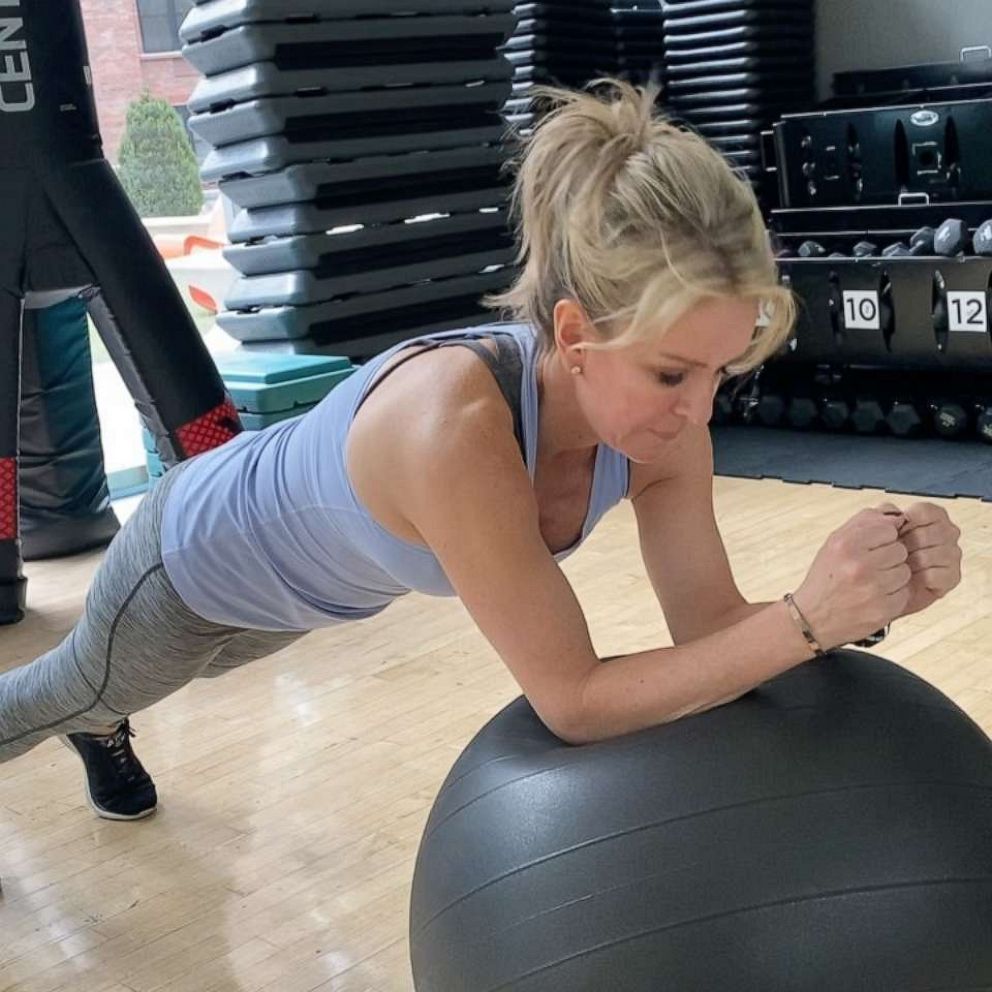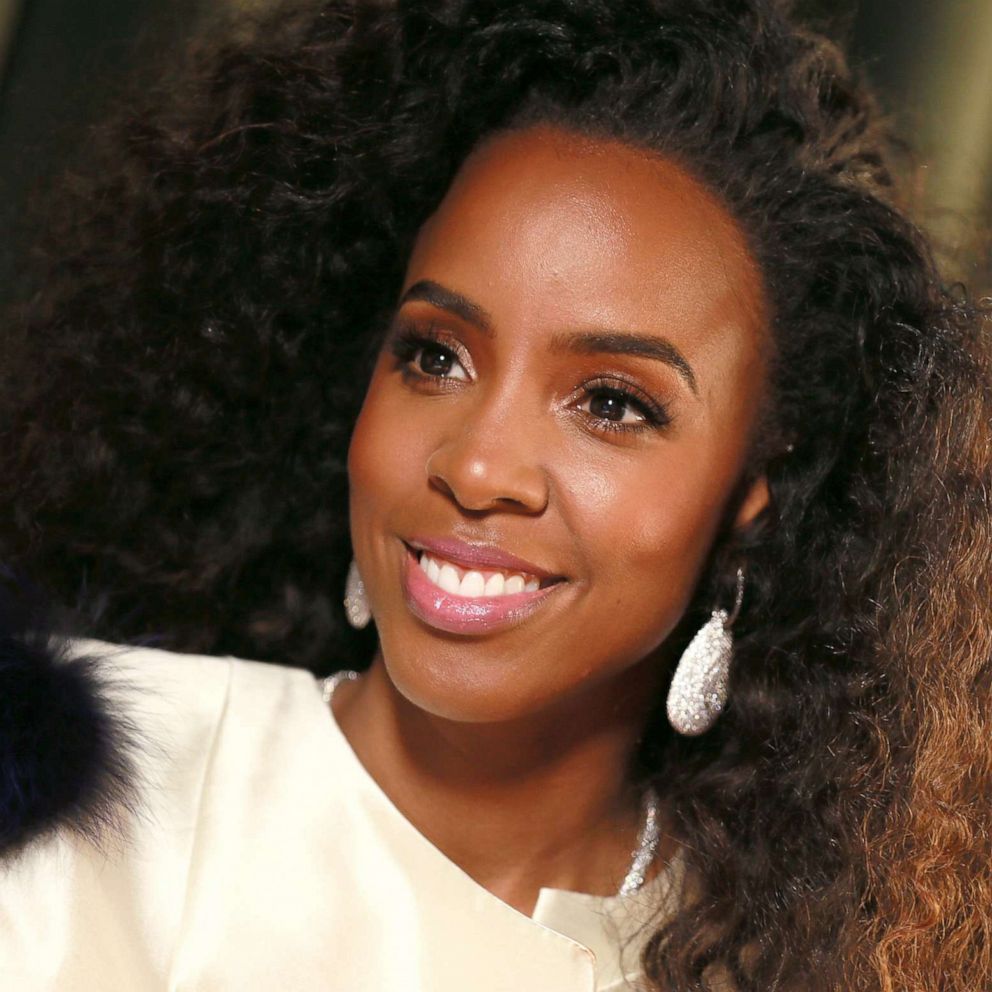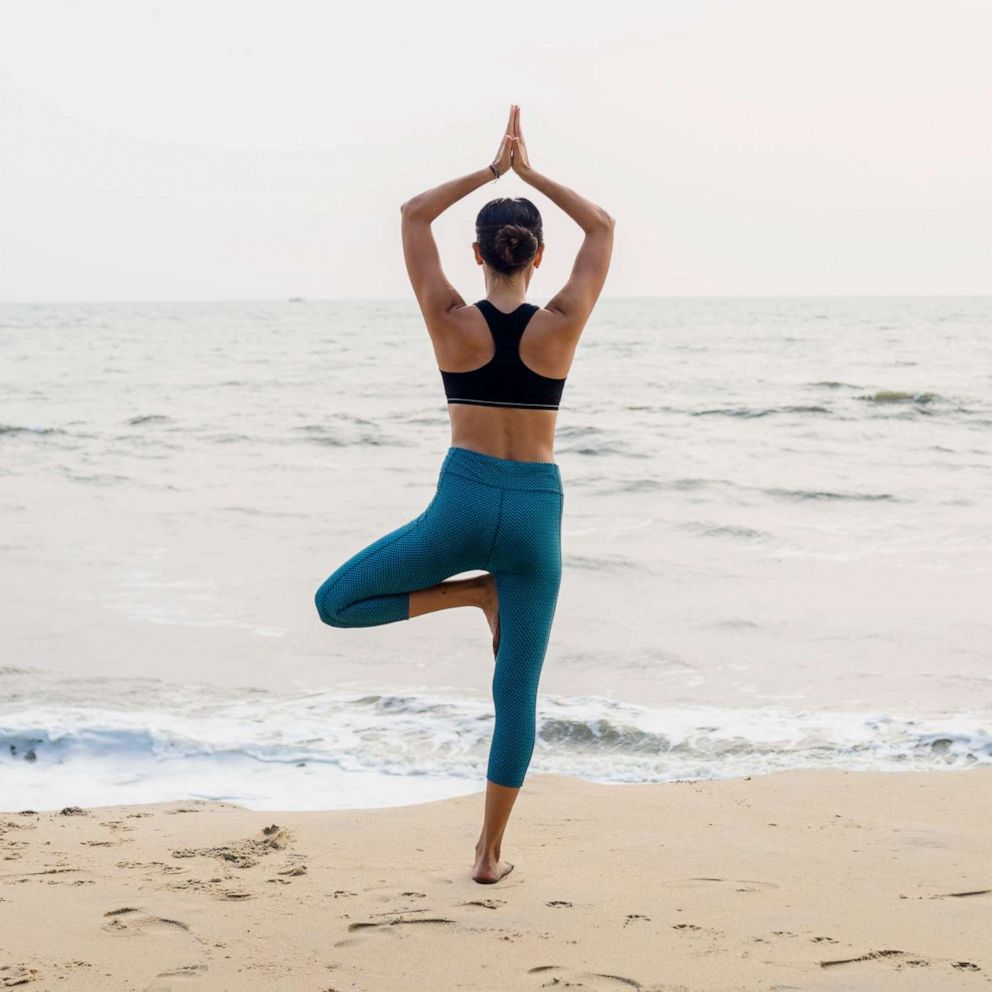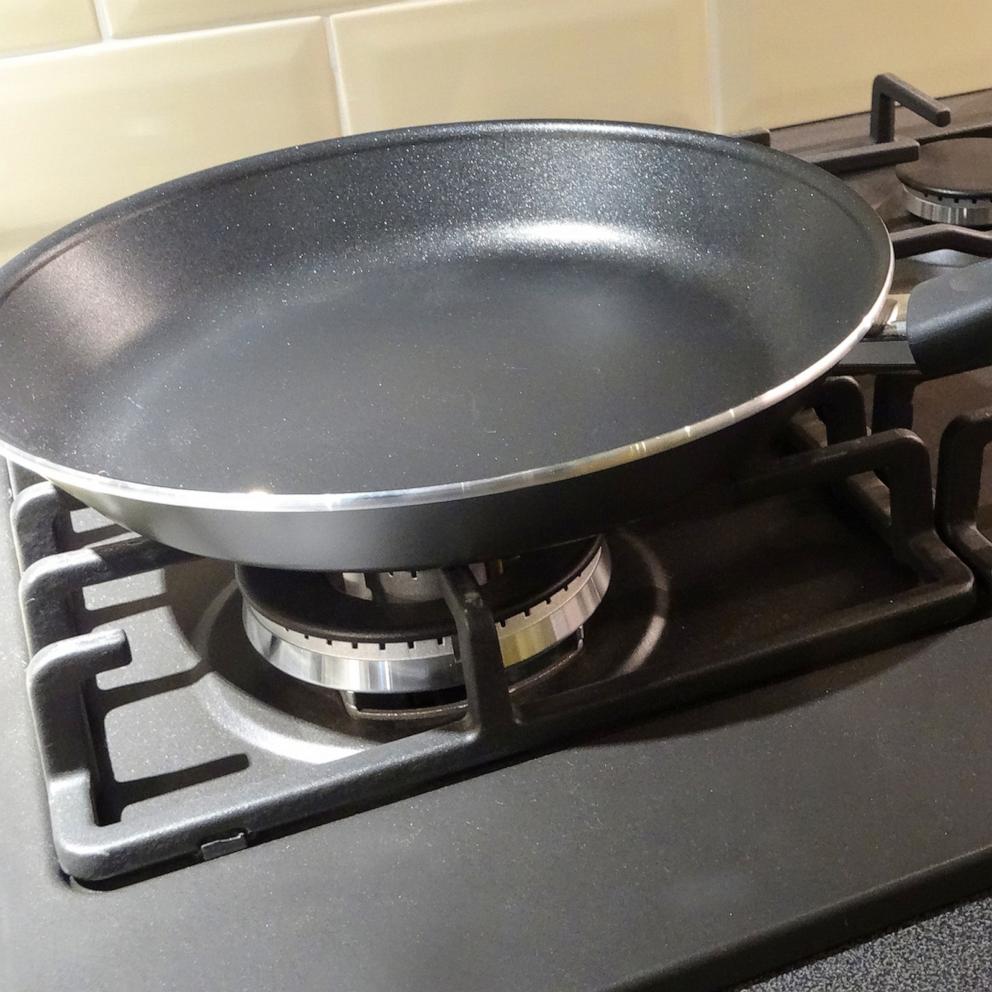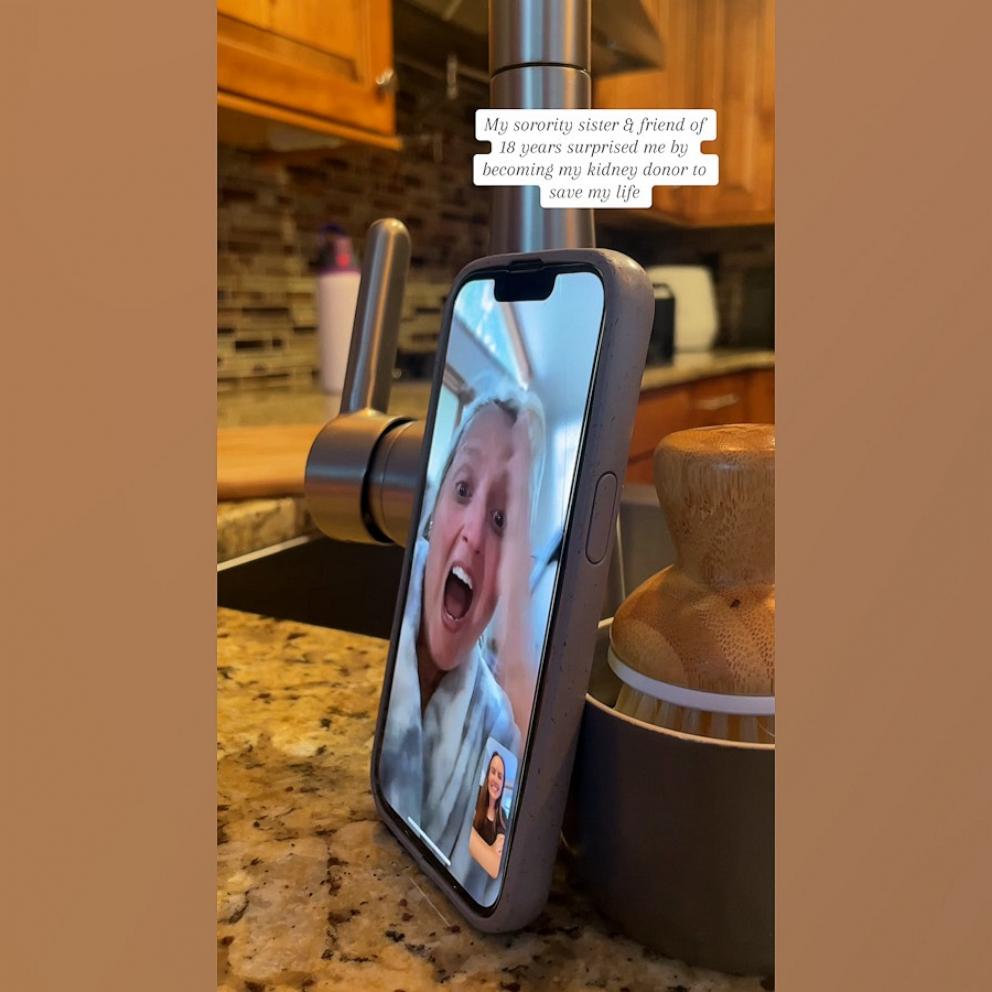Try this self-care challenge: Push-ups and planks every day in February
Make self-care a priority! Join "GMA" and Dr. Jennifer Ashton with a new self-care challenge every month.
Dr. Jennifer Ashton, ABC News chief medical correspondent and a board-certified OB-GYN, is encouraging everyone to do planks and push-ups in February.
The plank and push-up challenge is the self-care challenge of the month in Ashton's new book, "The Self-Care Solution," which features a different self-care challenge for every month of the year.
"This challenge is all about something that can be done in seconds or minutes literally anywhere," Ashton told "Good Morning America." "I picked it because I wanted it to be able to be done anytime, anywhere by anyone."
"If you’re an elite athlete, there’s a challenge in there for you," she said. "If you’ve never done one single push-up and you’ve never held a plank for more than one second, there’s a challenge in there for you too."
Here's how to get started
The challenge is to simply take time to do both push-ups and planks every day in the month of February.
For push-ups, find your baseline and up the number daily
The first step is to find your baseline, or how many push-ups you can do without stopping.
That will be your base number and the goal is to try to increase that number each day, according to Ashton.
For planks, set your baseline and then up the duration each day
For planks, the first step is to do a plank with a timer in front of you. Hold the plank for as long as you can and then stop the clock.
You can also increase the intensity of each move as you improve, trying one-legged push-ups for example or planks with shoulder taps.
"There is no wrong way to get started," said Ashton. "And there is no right or wrong way to do this."
How to do a push-up:
Ashton recommends keeping your knees off the ground but it is okay to place your knees on the ground if you need to modify.
Your hands should be right under your shoulders, according to Ashton.
Then lower your body until your arm is almost at a right angle and then come all the way up.
"Push-ups are a weight-bearing exercise so that is good for building bone density. That is important for women and it’s also important for men," Ashton said of the exercise's benefits. "The other thing that push-ups do is they really work your entire upper body [shoulders, chest and upper back] ... and because you’re sucking in your core to do this, they are working your core and your lower back."
How to do a plank:
A plank is done with your knees off the ground and your arms positioned directly below your shoulders, either on your hands or elbows.
Hold the plank for as long as possible without losing proper form. The total body should be engaged during the plank, from your legs to your glutes and abs.
With your whole body engaged, planks are working not just your abdominal muscles but your arms, back and glutes, according to Ashton.
"When I say it’s a total body exercise, it really is, and it takes seconds," she said. "The other benefit to planks is they really can help posture.
"If you strengthen your abdominal muscles and your lower back you’re doing to be more upright and vertical and your shoulders will be pulled back," Ashton explained. "It really does produce a palpable difference that you can feel pretty quickly."
Editor's note: This was originally published on Jan. 7, 2020.
